Weekly Update - September 6, 2024

Novel

Miscellaneous I
The subject of The Art of Programming, chapter 1, is Euclid's GCD algorithm.
It's an algorithm to find the GCD of 2 numbers.
Given, 20, and 25, this series of steps will give you 5 - because 5 is the biggest divisor of 20 and 25.
1 also divides both, but it's less than 5.
20 divides 20 - but not 25.
My readers might have learned this in 5th grade - that's when I learned GCD and LCM (least common multiple).
The question at the end of chapter 1, is:
Prove that m > n, except for the first time, possibly.
Here m and n are 20 and 25.
The way the algorithm works, 20 / 25 can happen first - but the remainder is 20, which is assigned to n.
m becomes 25 (as a part of this algorithm)
So the algorithm repeats, but now we have m as 25, and n as 20, and the remainder is 5.
Basically, m and n are flipped so we can get on with the algorithm - having them in the wrong order doesn't affect Euclid's genius.
This genius, Donald E. Knuth, wants me to prove it.
I did!
Here's my proof:

I checked the answer at the back, to confirm. I was right!
This is what D.E. K wrote:
"After the first time, the values of the variables m and n are the previous values of n and r, respectively; and n > r".
I was happy, but....
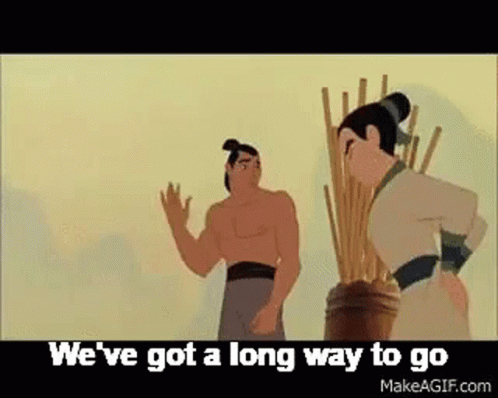
Miscellaneous II

Thought this was interesting - I never thought of rhythm in combat, or chess, until I started Kenjutsu. I would also attribute some hairs my dance teacher lost, to my weakness of taalam. I had the same problem with playing the guitar too.
If my life were a novel, after my kenjutsu class, I would look at Buddha, and say
"O' honored teacher, I have now mastered chess, the art of war, and the compassion needed to destroy my ego, and my opponent's ego.
As Miyamoto Musashi said, "From one thing, know ten thousand things. When you attain the Way of strategy there will not be one thing you cannot see. You must study hard".
I thank you, o' revered one, for guiding me on this path."
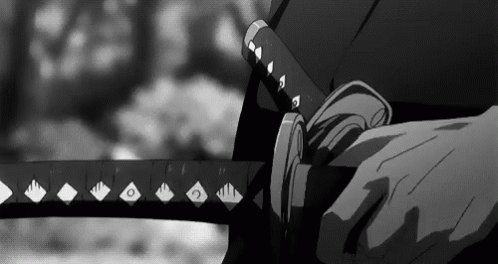
In reality, it was a lot harder and non-linear.*
Short version, here:
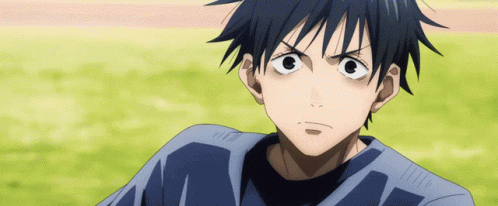
I realized that kenjutsu is dance, but it's a toxic relationship instead of a harmonious one.
So, for example, instead of complementing my partner when he makes a mistake - I punish him. This translates to chess, too. A mistake is taken advantage of.
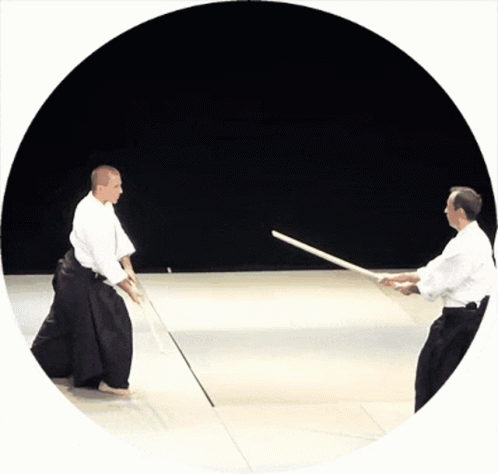
In kenjutsu, I think of time as space.
So if I move faster per step, then I am faster than my opponent.
I am pretty sure this analogy breaks down eventually, like when you take reaction speed, technique or sword length into account, but it's enough for my face.

Even in chess, time makes sense, if you look at space first.
If my pawn (which moves 1 step at a time) is 1 step ahead of your pawn (which also moves 1 step a time - unless you're cheating), then my pawn becomes queen first.
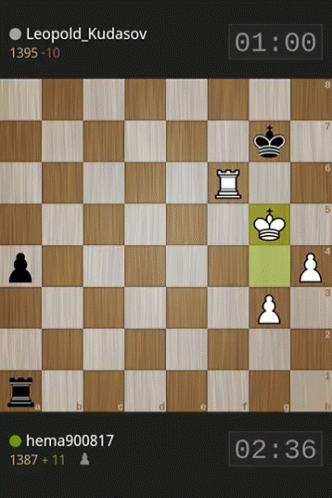
When I used to race my sister in gym training at Xtra Fitness, I used to make sure to be 1 step behind her, and as we reached the finish line, I would suddenly start sprinting.
She never sprinted well, so I would win.
She never liked it.

She then started specifically increasing her average pace, and my strategy didn't work anymore - I was too behind her in the race for even my sprinting to work.
(We would run uphill, and then downhill back to the gym. Sprinting is calorie intensive, but marathon running spreads that intensity over a longer time period. Sort of.)
By the time we approached the finish line, I would be too tired to make the push like I wanted, and she won a lot.
You now have a Ph.D in why Suman thinks space and time are related - not in space-time curvature, but in kenjutsu-boxing-dance-chess-sprinting.

Notes
*- In reality, it was a very slow realization, and I am not really sure when the dots were connected 100%.
Prior to kenjutsu, my feet were almost perpendicular in their orientation.
In Kenjutsu, however, a student's feet need to be perfectly parallel - the back foot 'launches' the whole body forward, and the front foot provides stability.
I think the thighs are strengthened differently depending on your stance - so moving from perpendicular feet, always to parallel feet, always, is essentially physical rehabilitation.
Fun, because of the shinai (bamboo sword), but in my case, difficult.
My lower back, not to mention my entire legs, were in a lot of pain - standing like that was very difficult, and I spent much of the class just standing, in guard position.
If I didn't stand like that, I risked hurting my calves when I moved suddenly - my senpai was very clear about it.
For one follower who is medically inclined (she's a doctor), the movement puts abnormal stress on a muscle, leading to tears - which can be avoided with parallel feet.
Also, in every discipline basics are crucial, so I just focused on drawing the shinai, holding it correctly (which was a difficult art in itself), standing painfully, and continuing to hold.
My forearms become stronger, because the shinai was heavy. I think because of the angle we are supposed to hold it, my forearms become thicker.
I wasn't sure if I was on the right path, especially for sprinting, since my body was essentially being rewired from the ground up.
I was concerned that I was risking my progress for the 100m - sometimes training for one sport, hurts your progress in other sports.
For example, in European fencing, the feet are perpendicular for lunging. My feet like being perpendicular.
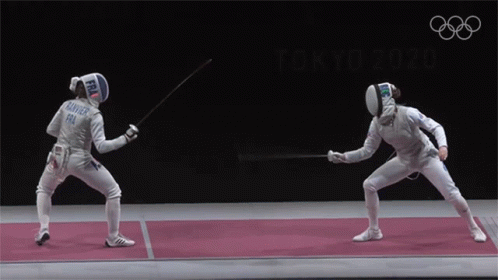
The nutritionist I was consulting at that time, however, told me that stride efficiency is important in sprinting.
The more parallel my feet are, more energy transfer happens towards the ground.
What she said took me by complete surprise - it made sense, but I never realized that a Japanese way of the sword, is related to 100 meter sprinting - through feet.
Also, my physical IQ is (was?) notoriously low, so when I learned I was training my feet for 100m, through Kenjutsu, my mind was blown.
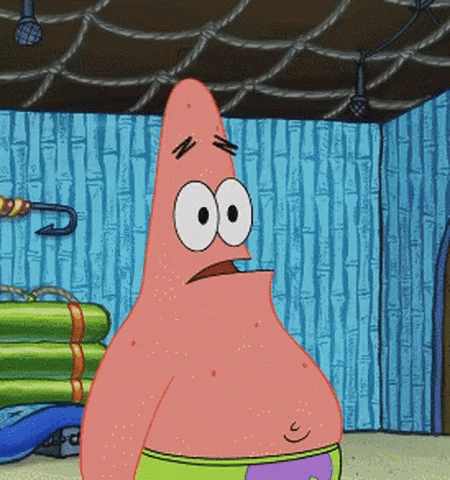
My feet were not blown though. Thank goodness - I needed them.

Anyway, that's another reason I didn't quit - except for the pain, or because of the pain, I was getting a 1000% net positive.
As my lower back and feet were rehabilitated from the ground up, I didn't have time to think about chess, or boxing, or dance.
I was also busy securing interviews, and working just as hard to pass them.
Then, on instagram, I saw the above boxer's quote - a different one.
If I recall correctly, it was something like this :

To my knowledge, that's when everything got connected again, since chess is very tactical.
Member discussion